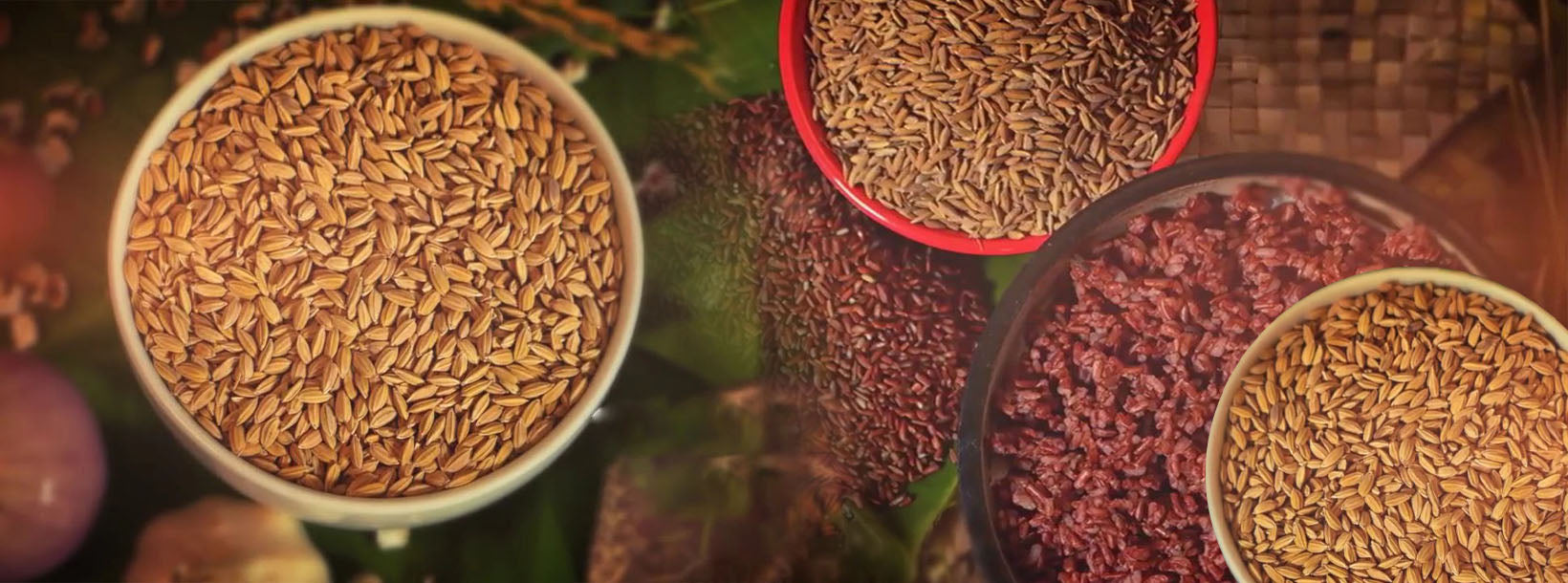
الأرز التقليدي
لزراعة الأرز علاقة وطيدة ومتوازية بتاريخ البلاد وثقافتها، وقد مارس السريلانكيون نمط حياة قائم على الزراعة على مدى ثلاثة آلاف عام. ووفقًا للأدلة التي جُمعت من خلال التاريخ المكتوب والآثار، تعود زراعة الأرز في الجزيرة إلى الفترة ما بين 900 و600 قبل الميلاد.
Traditional Rice
In Sri Lanka rice has been grown as far back as 800 B. C. and it is further supported by massive irrigation structures since 390 B. C. During this period Sri Lanka was known as the granary of the East and existence of about 2000 indigenous rice varieties has been reported. Beginning of the 20th century about 567 traditional rice varieties had been documented. Those varieties had been adapted to various rice growing ecology’s in high elevation and low land rice farming systems of the country through natural evolution and unintentional selection by our ancestors.
As the traditional varieties were in mixtures due to negligence of the foreign rulers, purification process was adopted by the scientists of the Department of Agriculture in 1920s’ and pure lines were recommended for cultivation and present traditional varieties are mainly the outcome of those pure lines. Those varieties had the sufficient diversity to fit into the diverse rice growing environments and the consumer preferences. Therefore, traditional rice varieties are possessing specific adaptability rather than general adaptability.
Most of the varieties have long maturity duration of 4-6 months from seeding to harvesting. Very few varieties were with 2½ to 3½ months maturity duration. The most traditional rice varieties are red and only few are white in pericarp color. Some traditional varieties are highly photo period sensitive and they flower only when they are exposed to short days in the month of December so that they can be grown only during maha season in the country. The traditional plant architecture is very primitive having tall and weak culms which tend to lodge during cultivation. The harvest index of traditional varieties is less than 0.3 indicating that the biomass content is greater than the amount of grains produced in a plant leading to poor yield. The specific adaptability, resistance to antibiotic stresses and single resistance or susceptibility nature for some major pests and diseases are reported in traditional varieties.
The nutritional and medicinal properties of these varieties are claimed in the Sri Lankan traditional knowledge. Such properties are diverse and those include ability to improve the immune system, body strength and sexual strength, facilitate easy digestion, excretion and reducing toxins in the body, used for treating fever, diabetes, constipation, urinary problems, obesity, tuberculosis, haematemesis (vomiting of blood) and ability to treat people intoxicated with snake venom. Research conducted in recent years has scientifically validated some of these traditional claims and have clearly shown that Sri Lankan traditional rice, especially red rices possess beneficial medicinal properties in inflammation, diabetes, cancer, neurological diseases, cholesterol and oxidative stress. Thus, use and application of these valuable traditional or indigenous rice genetic resources in the country may effectively improve the nutritional and health status of people in Sri Lanka. Moreover, the huge diversity exists in traditional rice varieties demands their conservation and utilization for further improvement to fulfill the future rice requirement and may also provide solutions for the agricultural and environmental problems in the country as well as in the world. Therefore let’s preserve our treasure of naturally evolved traditional rice varieties to be used for future food and environment security.
Downloads:
-
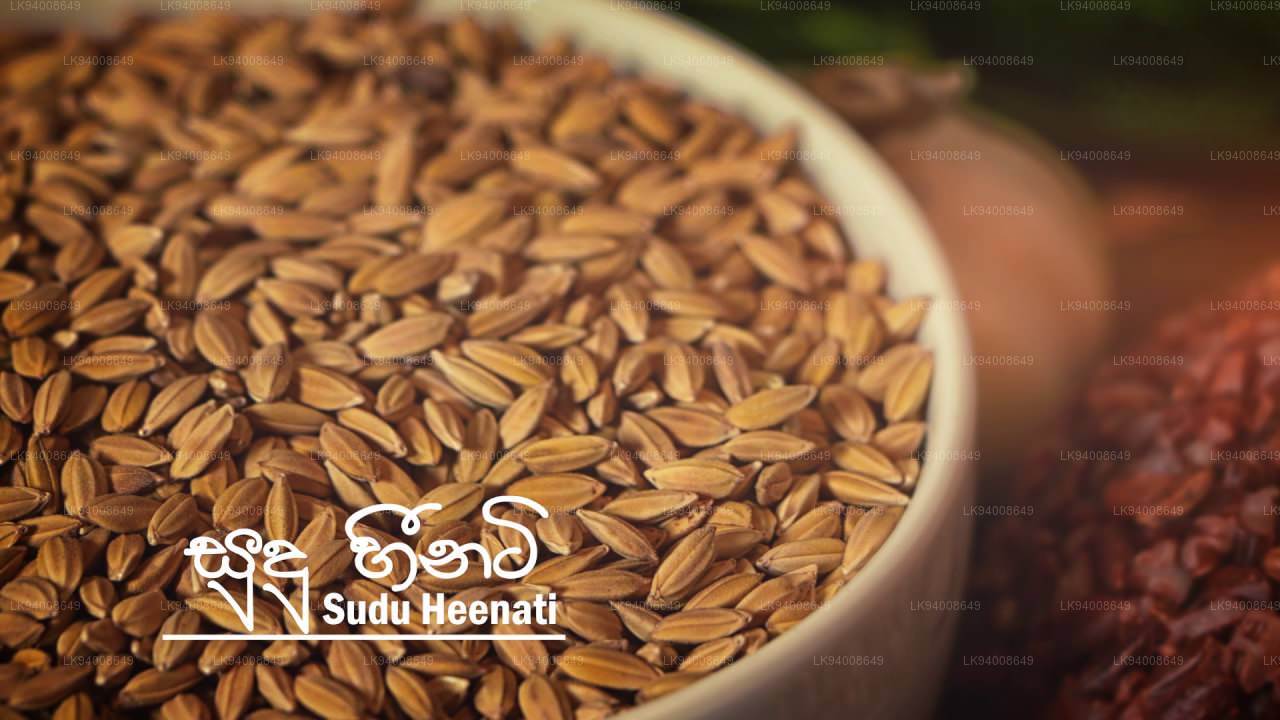 سودو هينيتي
سودو هينيتيسودو هينيتي، صنف صغير من الأرز الأبيض التراثي، غني بمضادات الأكسدة، ومثالي للأنظمة الغذائية الطبية السريلانكية التقليدية. يتميز بقوام ناعم ونكهة ترابية خفيفة.
-
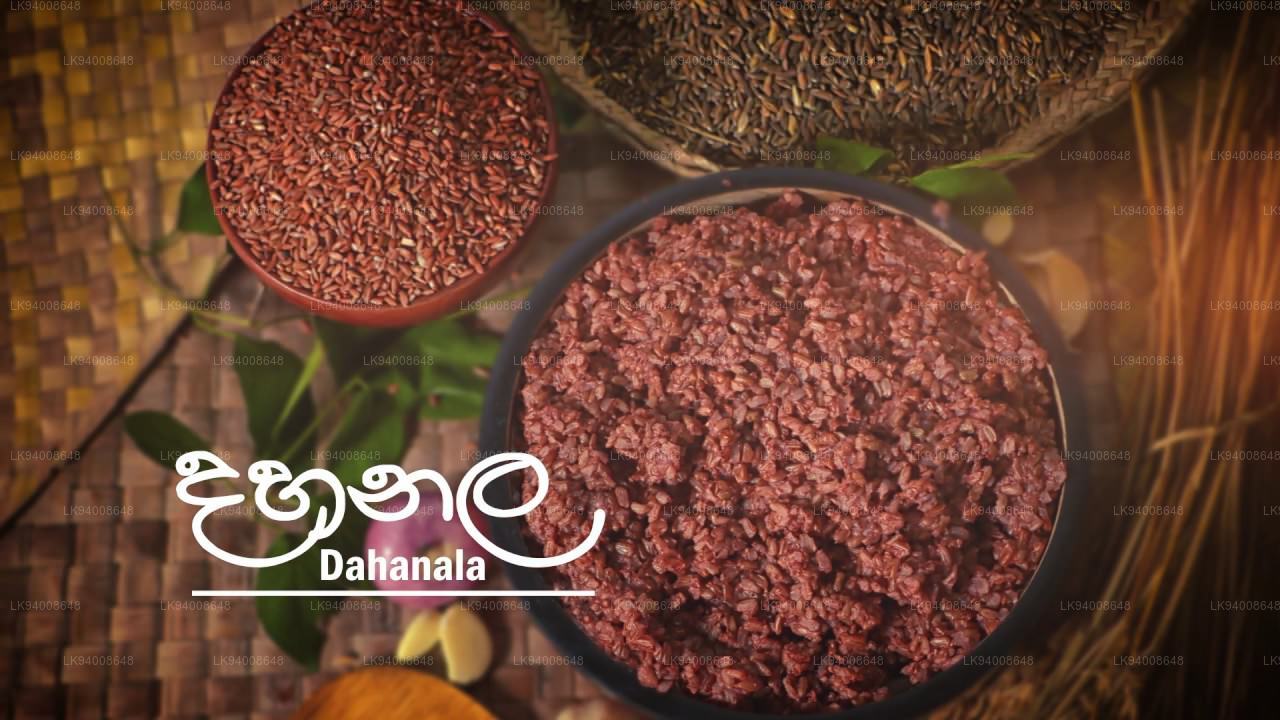 داهانالا
داهانالاداهانالا أرز تقليدي نادر، غني بالعناصر الغذائية، ذو لون أحمر. يُفضل استخدامه لغناه بالألياف وطعمه الحلو المعتدل، مما يجعله مثاليًا للعصيدة والوجبات الصحية.
-
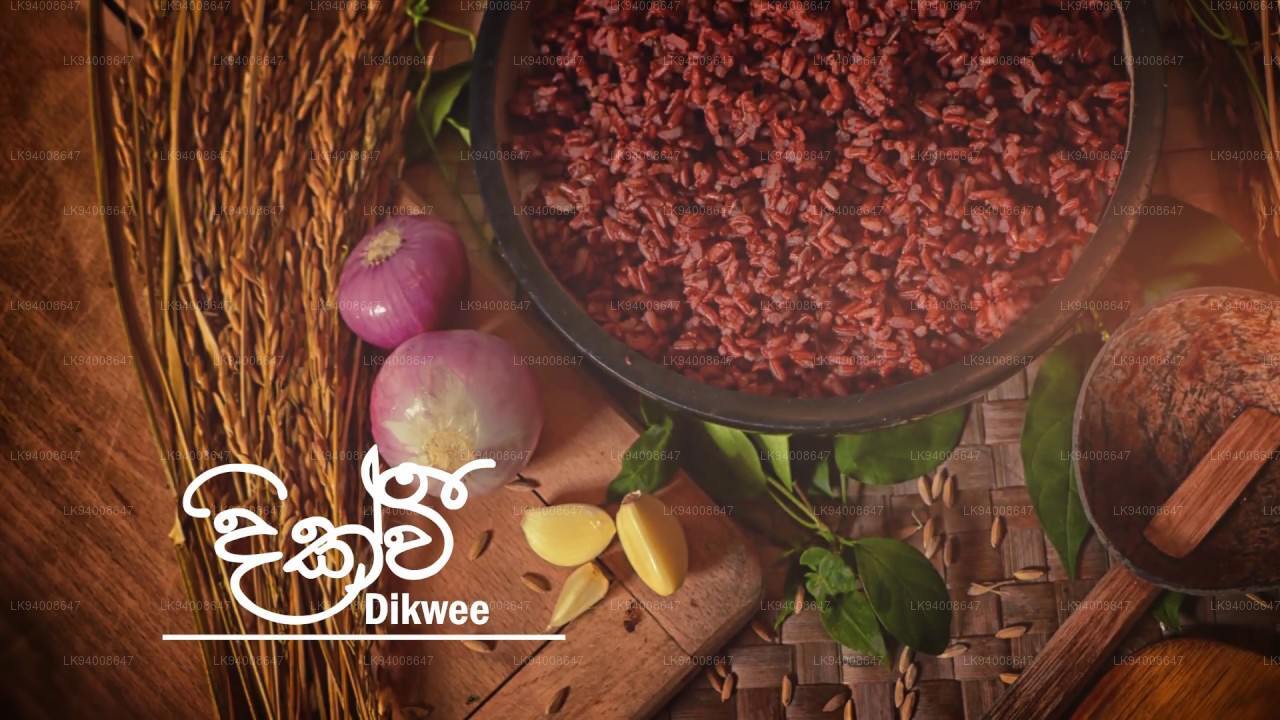 ديك وي
ديك ويديك وي هو صنف أرز أحمر متوسط الحبة يُزرع تقليديًا في سريلانكا. يصل ارتفاع النبات إلى 150 سم كحد أقصى. يمكن حصاد هذا المحصول خلال 4 إلى 4 أشهر ونصف من تاريخ البذر.
-
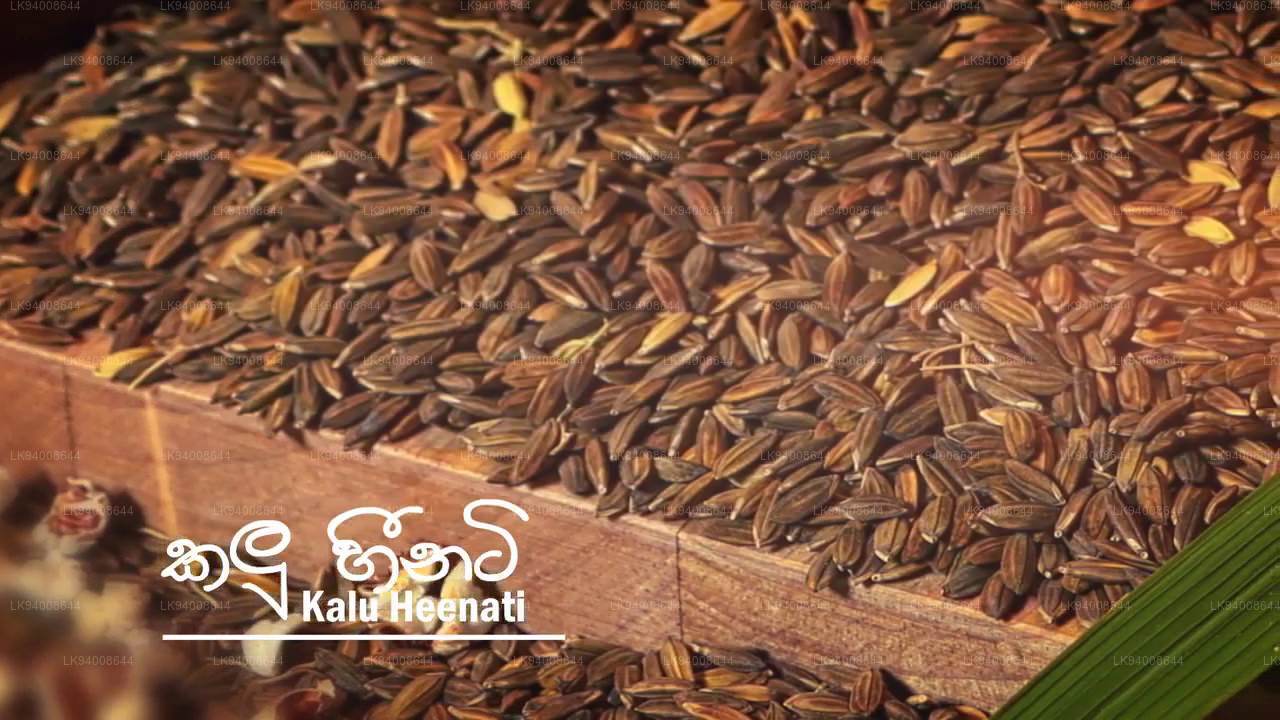 كالو هينيتي
كالو هينيتييُسمى هذا الصنف من الأرز "كالو هينيتي" نسبةً إلى لون ليماه وأوراقه، حيث يتحول لونهما إلى الأسود عند النضج. يُزرع تقليديًا في سريلانكا، ويُنتج حبة حمراء متوسطة الحجم. يصل ارتفاع النبات إلى 120 سم كحد أقصى.كالو هينيتي
-
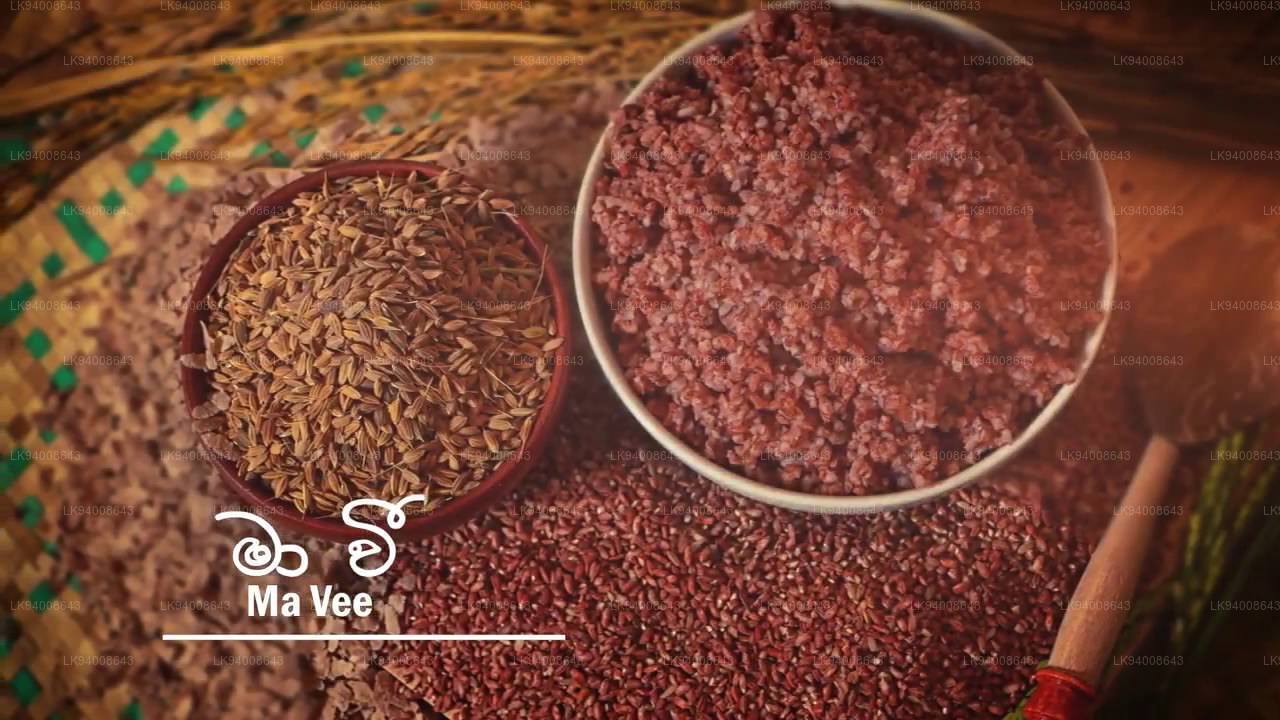 ما وي
ما ويما وي هو صنف أرز أحمر يُزرع تقليديًا في سريلانكا. تتنوع حباته في الحجم والشكل، من أصناف قصيرة ومستديرة إلى أصناف طويلة ومتوسطة الحجم. يُعدّ من أطول نباتات الأرز المزروعة، ويصل ارتفاعه الأقصى إلى 350 سم.
-
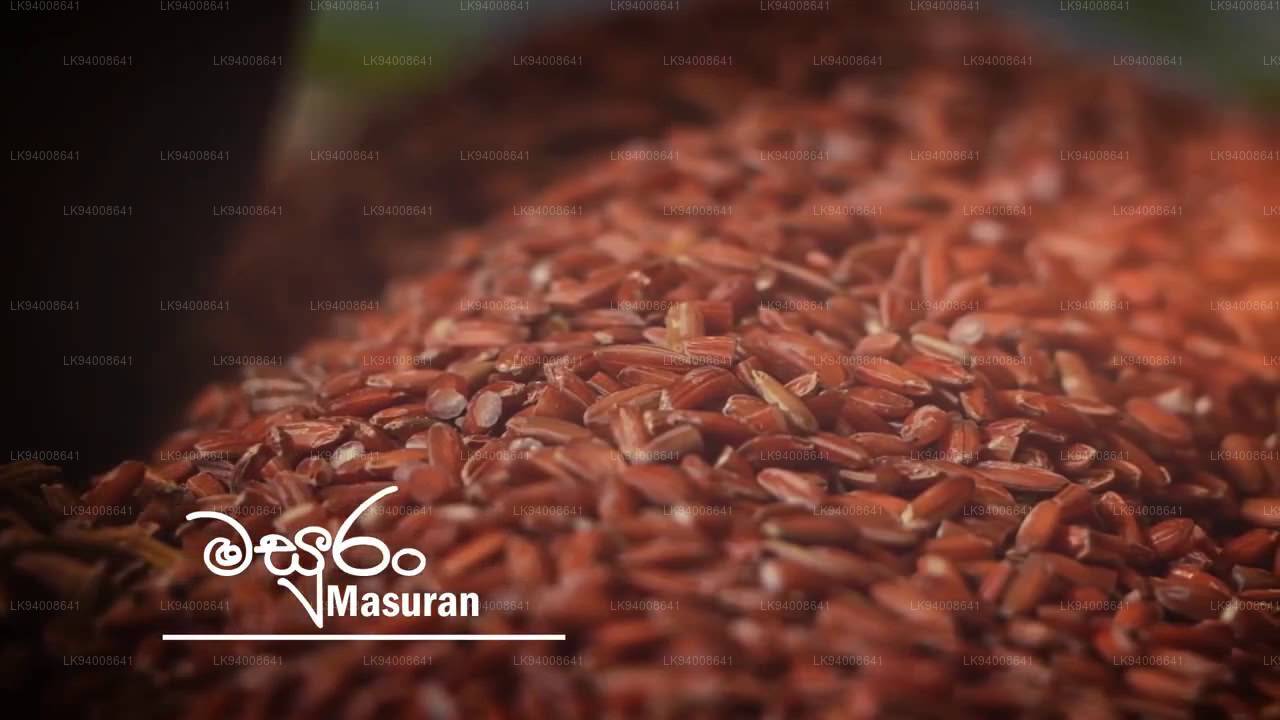 {"type":"root","children":[{"type":"paragraph","children":[{"type":"text","value":"ماسوران صنف شائع من الأرز الأحمر متوسط الحبة، يُزرع تقليديًا في سريلانكا. يصل ارتفاعه الأقصى إلى 120 سم، وهو مقاوم للترهل. يمكن حصاد هذا المحصول خلال 3 أشهر ونصف من زراعة البذور خلال موسم يالا، وخلال 4 أشهر ونصف في موسم ماها."}]}]}ماسوران
{"type":"root","children":[{"type":"paragraph","children":[{"type":"text","value":"ماسوران صنف شائع من الأرز الأحمر متوسط الحبة، يُزرع تقليديًا في سريلانكا. يصل ارتفاعه الأقصى إلى 120 سم، وهو مقاوم للترهل. يمكن حصاد هذا المحصول خلال 3 أشهر ونصف من زراعة البذور خلال موسم يالا، وخلال 4 أشهر ونصف في موسم ماها."}]}]}ماسوران -
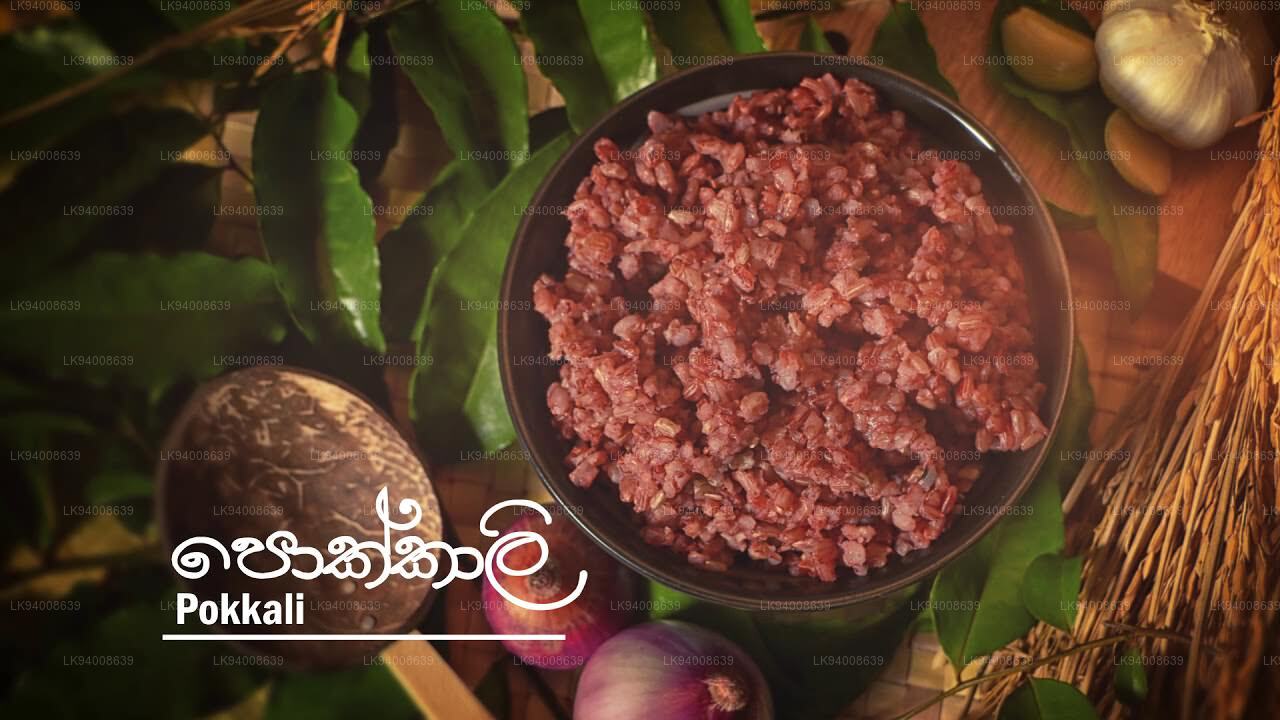 بوكالي
بوكاليبوكالي صنفٌ شائعٌ من الأرز الأحمر، يُزرع تقليديًا في سريلانكا. يبلغ ارتفاع ساق النبات حوالي 130 سم، ويحمل كل نبتة حوالي 10 أغصان. يمكن حصاد هذا المحصول خلال ثلاثة أشهر ونصف من تاريخ البذر.
-
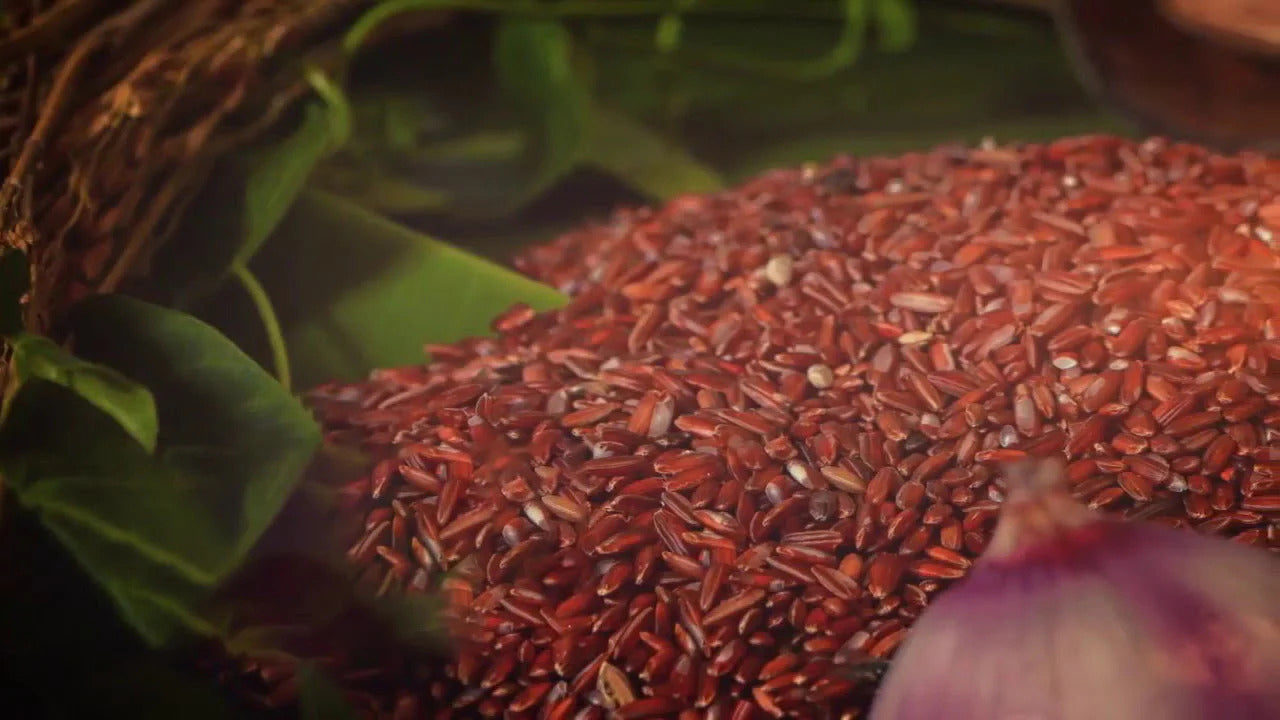 باخشابيرومال
باخشابيرومالباتشاشابيرومال صنف شائع جدًا من الأرز الأحمر متوسط الحبة، يُزرع تقليديًا في سريلانكا. يصل ارتفاع النبات إلى 120 سم كحد أقصى. يمكن حصاد هذا المحصول خلال ثلاثة أشهر ونصف من تاريخ البذر. في مرحلة النضج، يصبح لون ساق النبات أزرق فاتحًا.
-
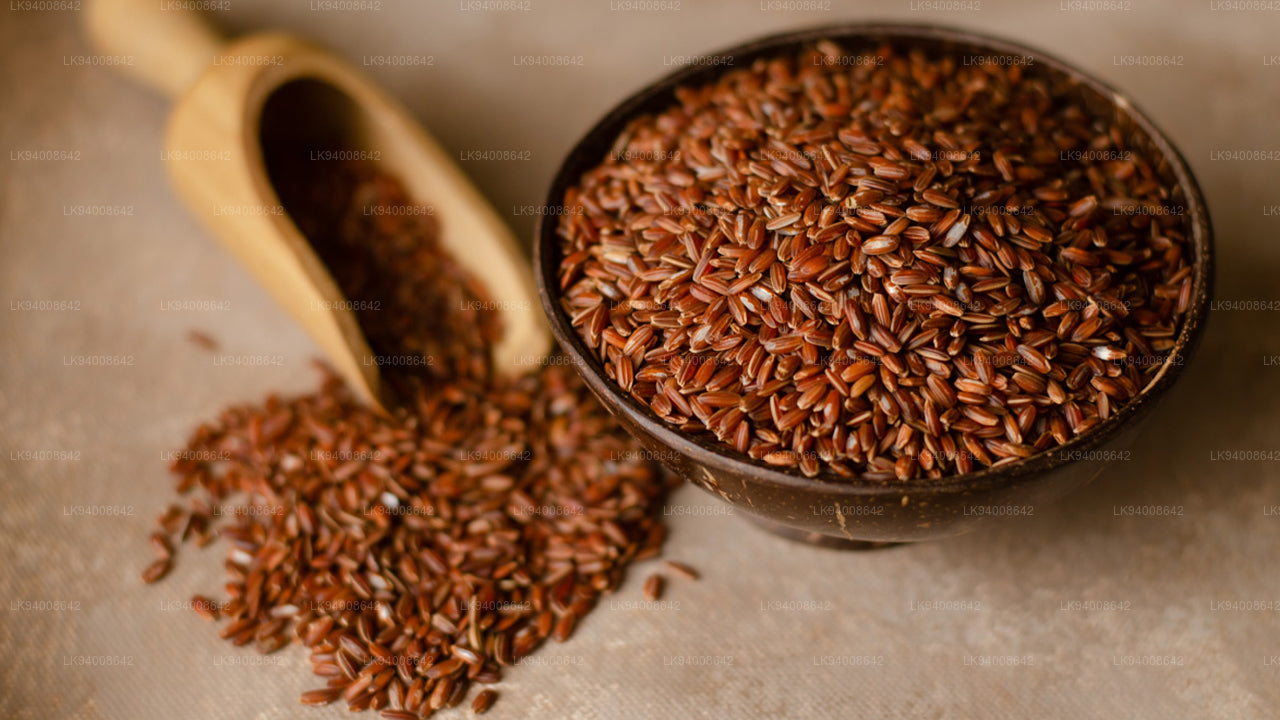 ماداثاوالو
ماداثاوالوماداثاوالو صنفٌ شائعٌ جدًا من الأرز الأحمر قصير الحبة، يُزرع تقليديًا في سريلانكا. يصل ارتفاع النبات إلى 130 سم كحد أقصى. يُمكن حصاد هذا المحصول خلال 4 أشهر من تاريخ البذر.
-
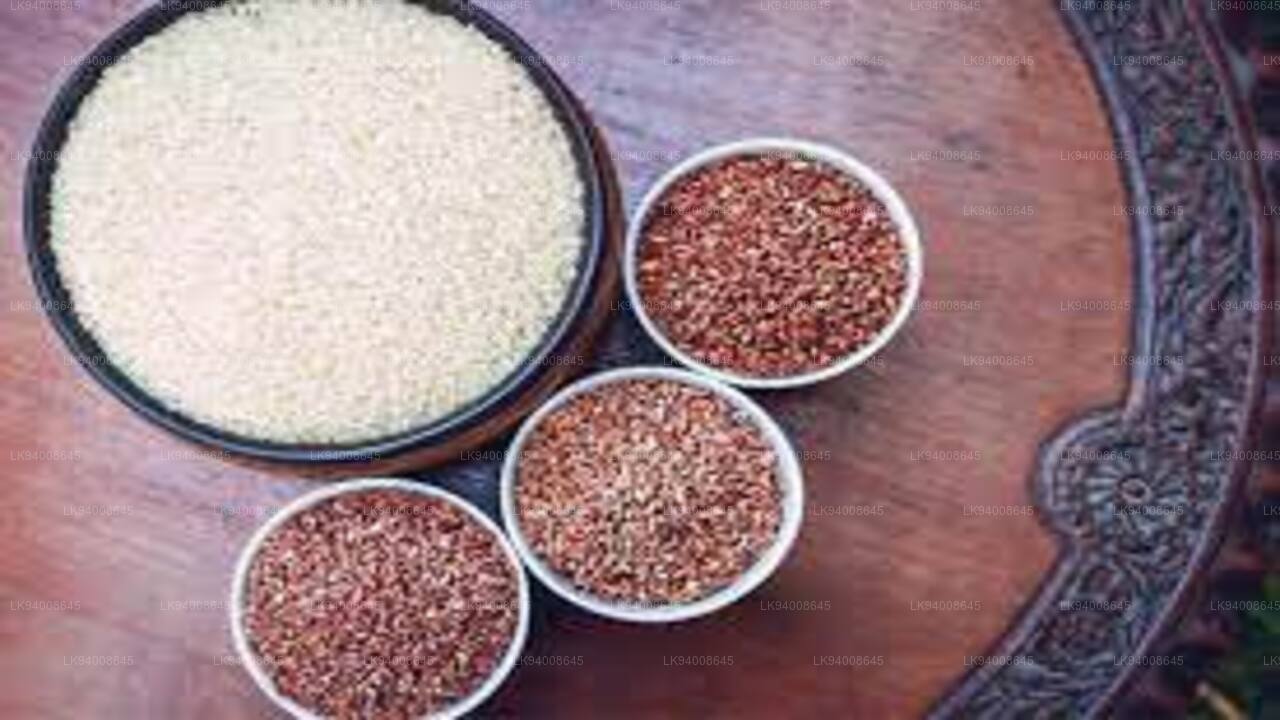 Gonabaru
Gonabaruجونابارو صنف شائع من الأرز متوسط الحبة، يُزرع تقليديًا في سريلانكا. يصل ارتفاعه الأقصى إلى 140 سم. يُمكن حصاد هذا المحصول خلال 5 أشهر من تاريخ البذر.
-
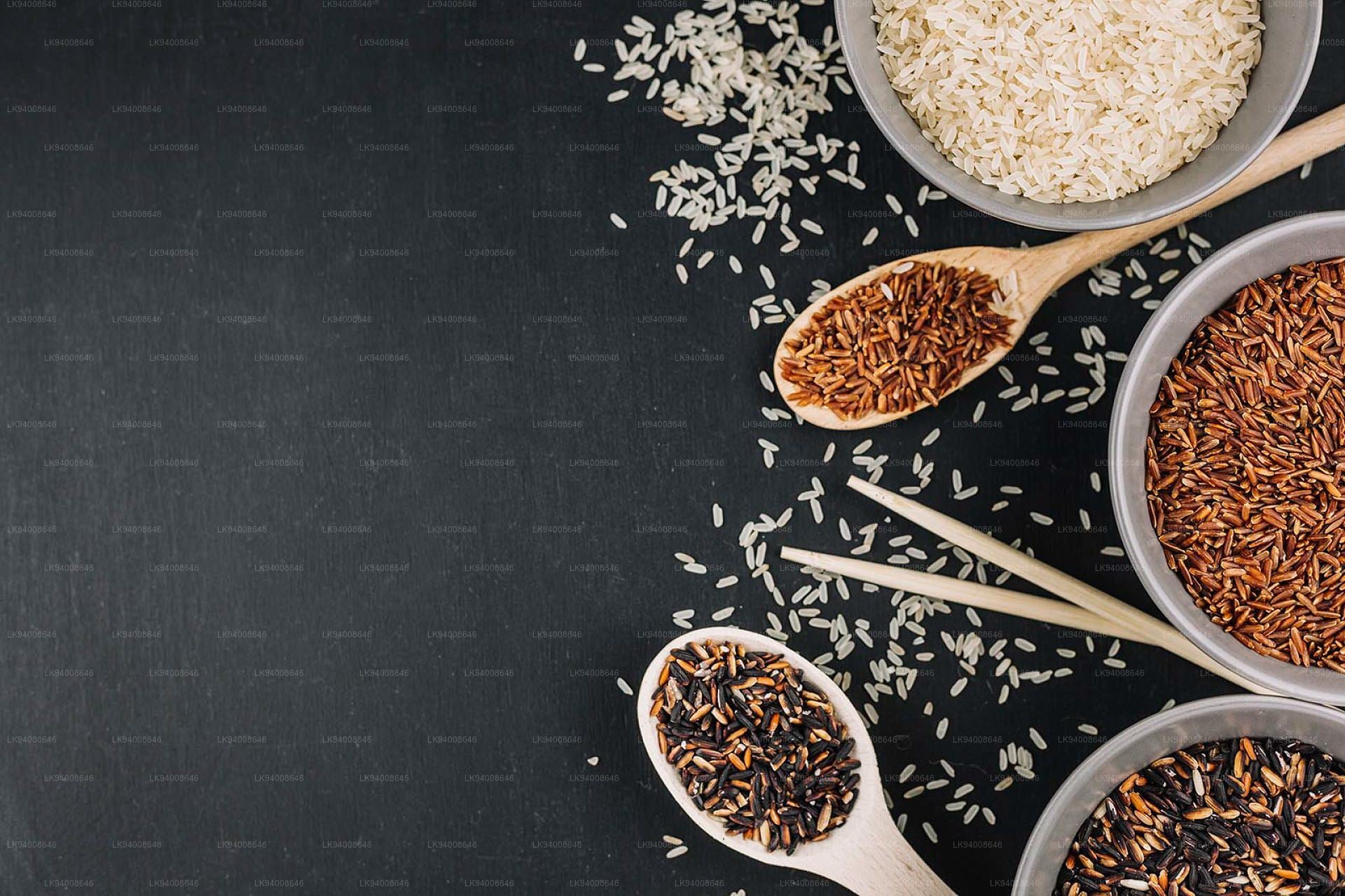 جودا هينيتي
جودا هينيتيجوداهينيتي هو صنف شائع من الأرز الأحمر متوسط الحبة، يُزرع تقليديًا في سريلانكا، وينتمي إلى فصيلة هينيتي. يصل ارتفاع النبات إلى 160 سم كحد أقصى. يمكن حصاد هذا المحصول خلال 3 أشهر ونصف من تاريخ البذر.
-
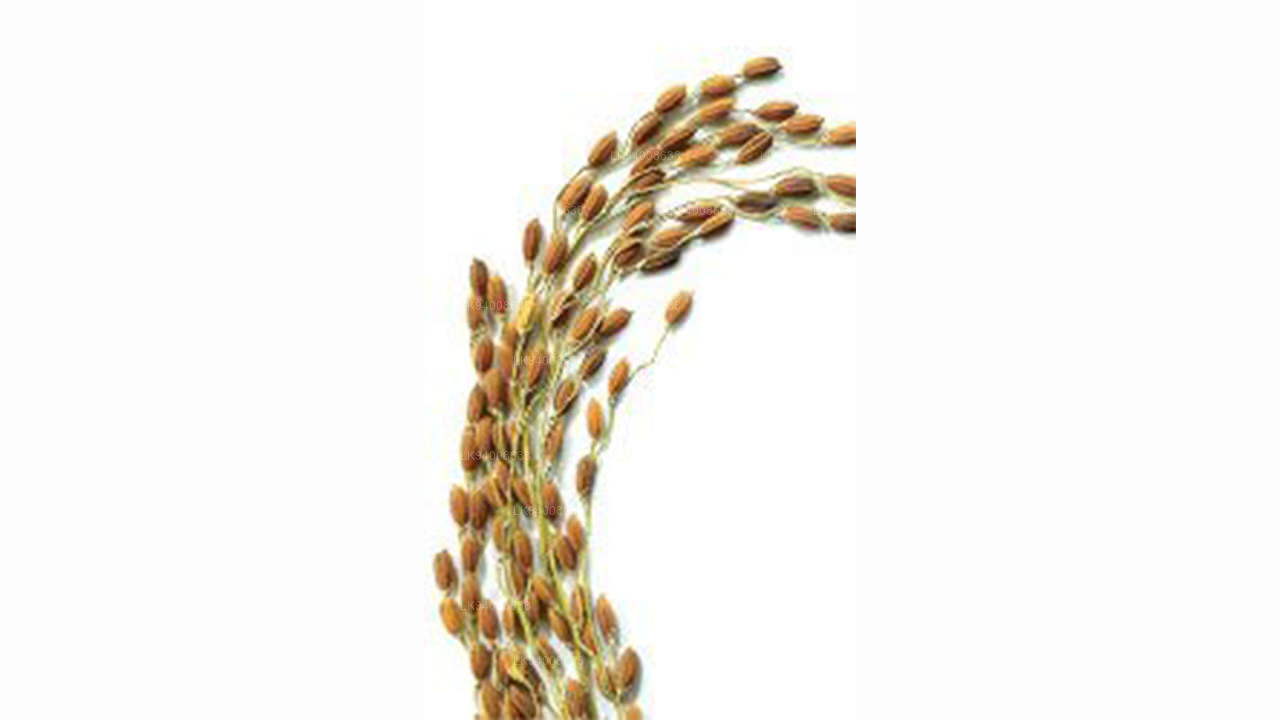 راث سوواندال
راث سوواندالراثسواندال هو صنف شائع من الأرز الأحمر متوسط الحبة، يُزرع تقليديًا في سريلانكا. يصل ارتفاعه الأقصى إلى 120 سم. يُمكن حصاد هذا المحصول خلال ثلاثة أشهر ونصف من تاريخ البذر.
















